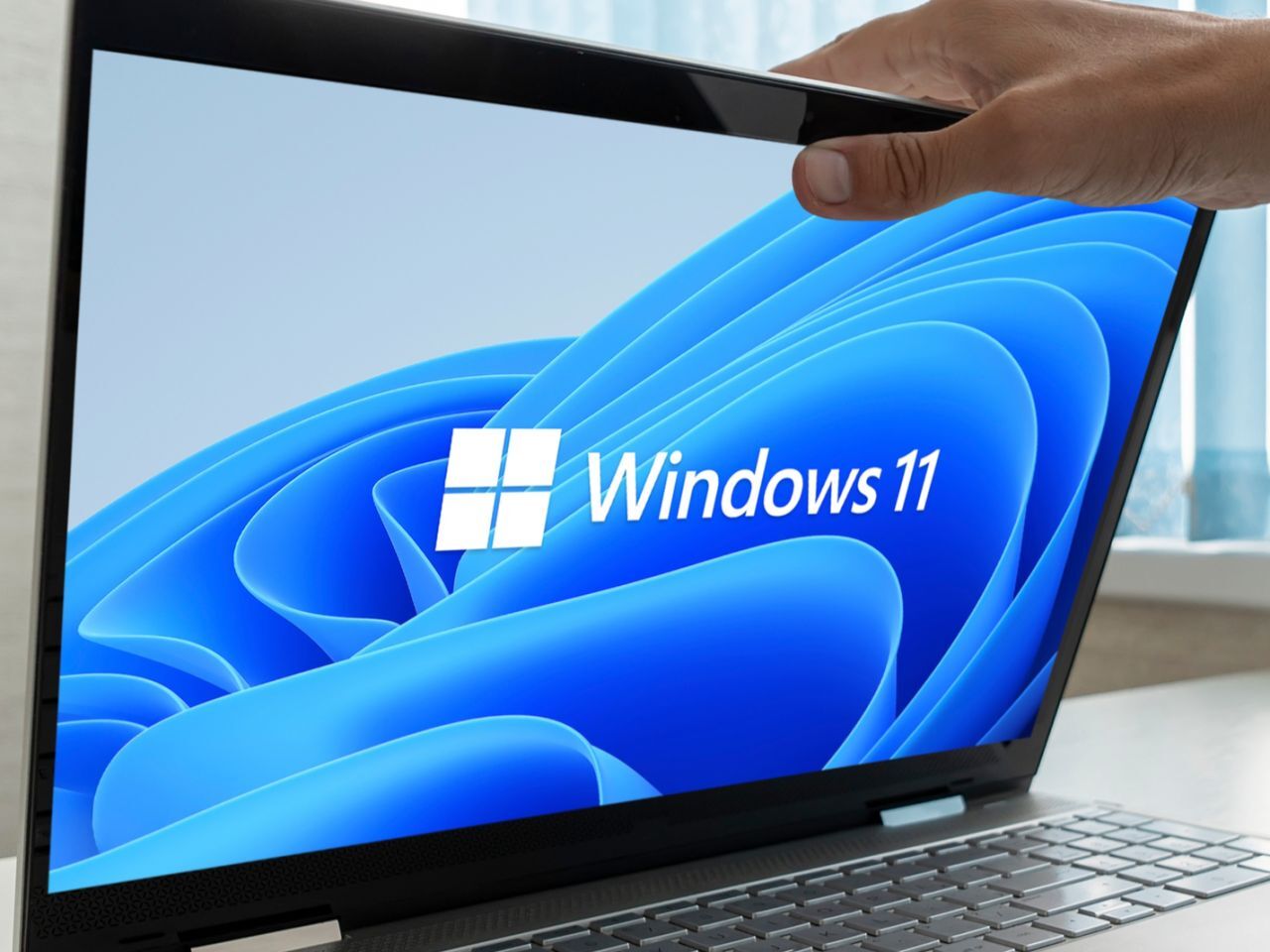
The Impact of Windows 11 Pricing on Your Budget
In the ever-changing world of education, technology plays a crucial role in shaping your learning. With the launch to How much is Windows 11 and the introduction of Windows 11, educational institutions are now faced with new issues regarding budget allocations. This article explores the cost consequences of implementing Windows 11 in educational settings aiding institutions to make informed decisions about upgrading their system.
The True Cost of Transitioning to Windows 11
For a lot of educational institutions that require financial support, the cost in upgrading to Windows 11 can be significant. In addition to the initial purchase of software licenses, schools might need to consider hardware upgrades. Windows 11 has specific system requirements that might necessitate investments in new equipment or upgrades to existing ones. Institutions should conduct a thorough assessment of their current technology infrastructure to assess the cost of migration.
Another factor to think about is the possibility of staff training. Transitioning to a new operating system usually will require staff to be familiar with the new features and functions. This can incur additional expenses associated with training programs and other resources. However they can be reduced by using tutorials online and other resources offered by Microsoft, which can streamline the learning curve for teachers as well as IT personnel.
Balancing Costs through enhanced educational opportunities
Despite the upfront costs however, the benefits of Windows 11 for educational institutions are significant. It offers improved security features, improved performance, and an intuitive user interface. These features can lead to an efficient and productive learning environment. For example, the enhanced security features help safeguard sensitive student data from cyber attacks, while the user-friendly interface allows educators to focus on teaching and not troubleshooting technical issues.
Additionally, Windows 11 supports a variety of educational tools and programs that enhance the learning experience in classrooms. Through the use of these tools, teachers can develop exciting lesson plans that cater to various learning styles, thereby improving the learning outcomes of students. Thus, even though the initial investment may appear daunting, the long-term benefits of increased educational opportunities are more than worth the expense.
Strategic Planning for Cost-Effective Implementation
To reap the maximum benefits from moving to Windows 11 educational institutions need to adopt a strategic approach to deployment. Conducting a comprehensive cost-benefit analysis will help to determine the most cost-effective route to take. Some institutions may choose an accelerated rollout, beginning with a pilot program to evaluate the effects and resolve any issues prior to a full-scale deployment.
Furthermore, schools can look into partnerships with technology providers and take advantage of discounts for education offered by Microsoft to reduce costs. By working with the stakeholders and prioritizing budget allocations, schools can make sure that there is an easy transition to Windows 11 without compromising their education quality.
In conclusion, while the cost of adopting Windows 11 for educational institutions has many aspects to consider however, the potential to improve academic outcomes is a compelling investment. Through careful planning and strategic budgeting, schools can harness the capabilities of Windows 11 to create vibrant and secure learning environments that are beneficial to both students and teachers.